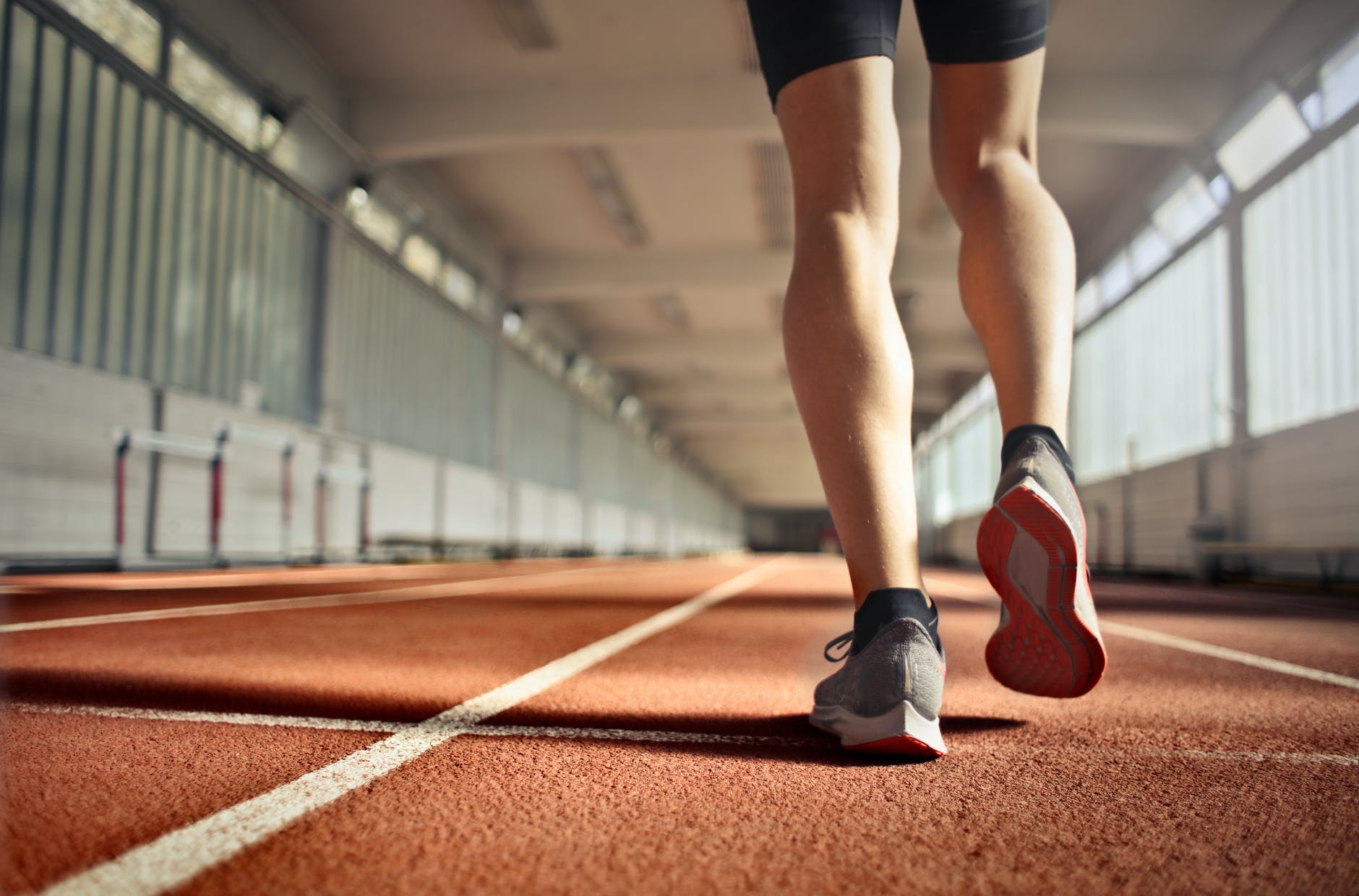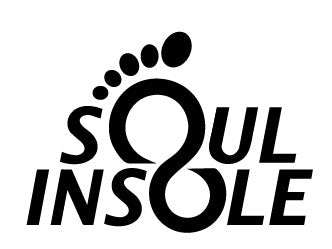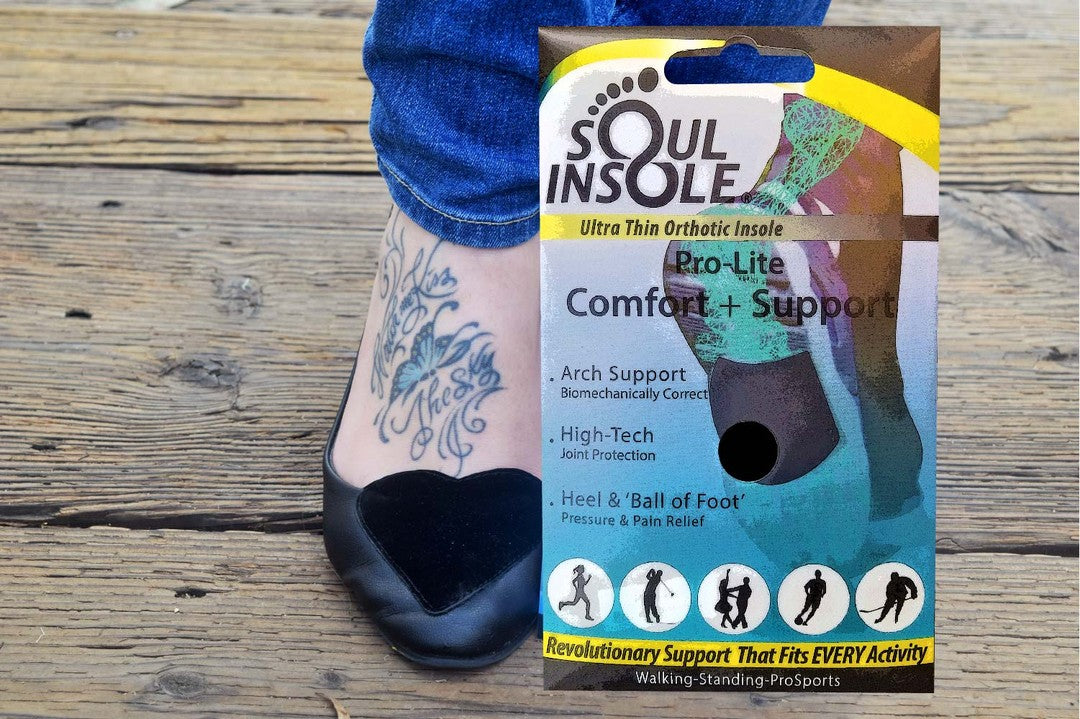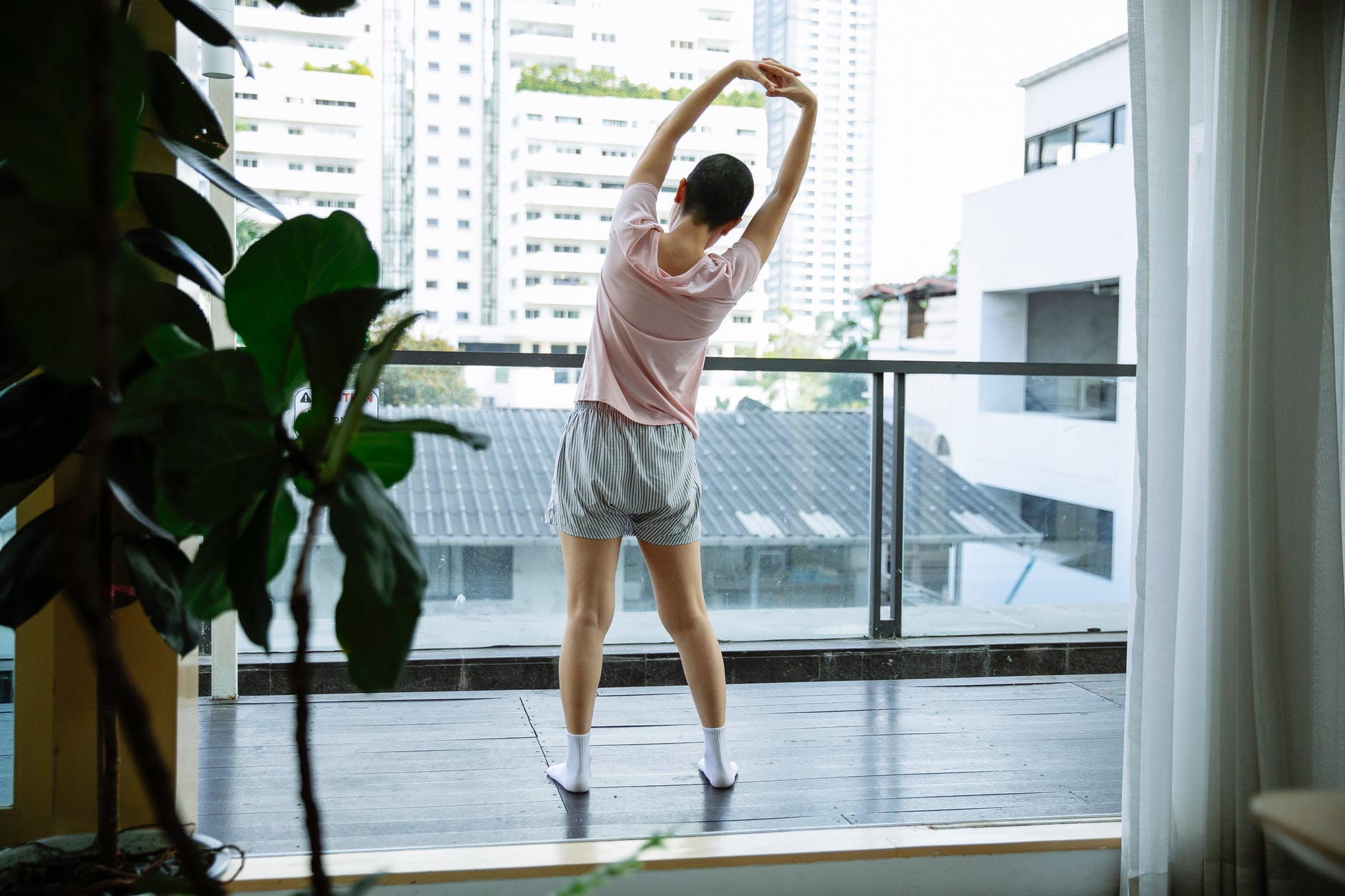
How does your foot structure relate to running potential
Introduction
Take a look at your feet. Are your bigger toe and second toe larger than the other toes? It very well may be an indication that you're bound for running. As per an investigation out of Ritsumeikan University in Japan, sprinters with particularly longer forefoot bones may enjoy an upper hand over other distance sprinters.
In this article we will look upon how your foot structure can affect your running speed and potential, different studies on the subject and which type of insole for the foot would be the most suitable for you - for example, what if you want an insole for flat feet? Let's begin.
Those with bigger toes
A study which analyzed the feet of 45 male distance sprinters as compared to 45 untrained males, found the former showed reliably longer, first and second toes across all shoe sizes. In addition, sprinters who had longer first toes than second toes timed faster in 5000 occasions as compared to their counterpart sprinters with same-length or longer second toes. A similar Japanese group that administered a study on endurance runners additionally recorded the long-toe advantage in 400-meter runners.
What about those with short/normal toes?
In any case, does this mean stubby-toed sprinters are destined to fail? Presumably not. It's difficult to say whether the foot structure is a consequence of hereditary qualities (that is, they're brought into the world with it) or a transformation from running—all things considered, numerous sprinters express that their feet "grew" a size or two after they began running.
The main concern
Be that as it may, it highlights the role foot biomechanics plays in running. This isn't the first time foot size has been the subject of scientific investigation. In 2012, a group at Pennsylvania State University additionally noticed this toe-length discrepancy in sprinters while examining their foot mechanics. What they found was that a more drawn out forefoot permits the plantar flexors of the foot to accomplish more work at specific speeds; that is, the long toes translate to better running speeds in a large number of individuals.
Height and running speed
This likewise might be the reason short and slight sprinters show to be successfully competitive as compared to tall sprinters. Since foot size doesn't always correspond with a person’s height, taller sprinters may put more weight and power on their feet, making them less proficient as they run which can balance out the difference in leg length being a factor in speed. However, it must be noted that connection doesn't imply proof- height and toe size don't always have an implication on running achievement (or lack thereof)
Arch height
Another component of foot shape and structure—arch height—has less to do with running capacity or shoe choice than typically believed. The "wet foot" test has been utilized for quite a long time to show if you have a high arch or flat feet, and differentiate between insoles for each foot type. Insoles for flat feet can be the same, or different than insoles needed for high arched feet - insole needs can vary depending on the unique needs of the feet. Casting the shape of the bottom of a foot that’s having problems to make a custom insoles can be seen as simply copying a foot that has problems and setting it where it’s at. It can be better to find a support that softly guides the arches to where normal should be. To prevent injuries and improve performance, it’s important to make sure the orthotic insoles are stopping the arches from collapsing while taking pressure off the main pain points that the foot is experiencing. Research shows little relationship between arch height and pronation - both high arches and low arches can be affected by over pronation or over supination. The more important factor in choosing the right insoles is learning if the feet over pronate or over supinate. This will decide if the insoles will need posting to balance the alignment of the feet. A tell tale sign of over supination is the wearing out of the outer corners of the heel edges of the shoes. Over pronation can be visually seen by noticing if the ankles are dropped and falling inward.
Foot strength
What is essential and important for running is foot strength. Any sprinter can agree with that. As per research by Ithaca College, exercising the core muscles of the foot makes a more grounded, more steady foundation for reliable, injury-free training and improved performance. In any case, contrary to customary core body strengthening exercises, which requires hard work including exercises that can make you sweat and target specific muscle groups, working the foot core strength could be just about as basic as removing your shoes. Shoeless exercises, including strolling on the beach, balancing on one foot at a time, yoga, Pilates, and drawing the ABC’s with your toes, can be utilized as simple ways to strengthen the foot core. When the feet are lacking musculature, it can be very important to wear insoles and have arch support inside of the shoes to prevent foot injuries like plantar fasciitis and more.
Now what?
Well, that was a lot of information about how your toe length can affect your running potential, but don’t let it get you down - you can't exactly change the length of your toes to improve your running speed as it's likely genetic. A better solution to improving your success with running is a good diet, improving foot musculature, proper training and practice which can all help you achieve improvements in running. If you are looking for an insole for your foot health, be it for supinated feet or flat feet, soulinsole.com has it all. You can visit their website and find a variety of insoles for your unique feet. Get yourself a perfect fit at really affordable prices!
This content is not intended to be a substitute for professional medical advice, diagnosis, or treatment. Always seek the advice of your physician or other qualified health provider with any questions you may have regarding a medical condition.



